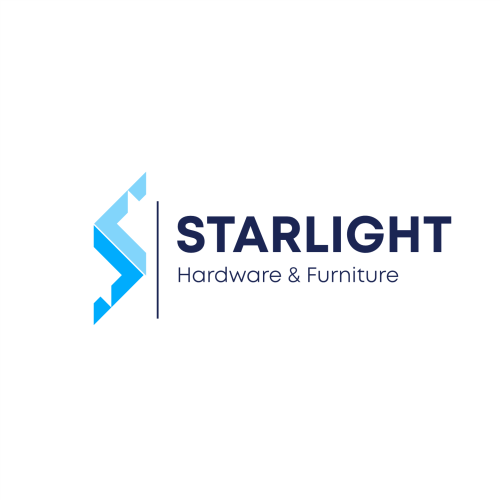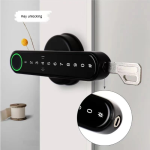Tariffs have grabbed headlines, adding another layer to rising hardware costs and supply swings that have challenged the security sector. Companies in physical security have already weathered COVID-era chip shortages, global supply constraints and inflation in nearly every component. At the same time, artificial intelligence–driven tools have accelerated, reshaping expectations.
Observing this shift, many security integrators have begun to rethink how they generate value. They’re not just selling cameras and sensors but redefining their mission in the market. Tariffs have only highlighted the need for deeper reflection on service delivery and customer outcomes.
Before starting Deep Sentinel, I co-founded Redfin, which was among the first brokerages to apply technology to real estate. Back then, limited access and high costs blocked the fast, transparent home-buying process consumers wanted. Our ambition went beyond listing homes online; it aimed to speed up deals, add clarity and improve the overall experience in a field steeped in tradition.
That initiative ended up transforming more than just the search and sales tools. It reset buyer and seller expectations for what an agent should offer. It wasn’t a perfect playbook, but it showed how an industry can pivot when technology breaks old molds.
Physical security now seems to be at a similar inflection point. The sector requires a customer-first, technology-first service model. Teams at Deep Sentinel engage with hundreds of integrators across the nation each month, and the common themes stand out. Investment in hardware is climbing. Service blueprints are shifting. End users want clear proof of value, not a simple recording device.
Today’s clients press for risk reduction, crime prevention and insights that raise efficiency. They ask: will my cameras simply log events, or will they actively help nudge down incidents? Can analytics cut down false alarms and speed up response times? Will the setup deliver stronger protection while keeping budgets in check?
To meet these demands, integrators are brushing aside the old gear-first playbook. They’re putting strategy before hardware, selling solutions rather than parts. “We used to lead with gear. Now we lead with goals,” one partner told me. That mindset reflects a larger shift in our business.
Over the last ten years, camera and sensor hardware has only gotten marginally better. Real breakthroughs have come via software: AI algorithms, advanced analytics, remote monitoring tools, improved HDR and low-light performance plus smarter power management. These updates do more than add bells and whistles. They steer us toward intelligence-focused systems that do more with fewer resources.
Still, complexity can’t become an end in itself. It has to guide customers toward clear objectives, helping them weigh cost versus coverage versus confidence. When the devices learn on their own, the integrator’s role grows to design the right architecture, balancing trade-offs and tuning systems around a client’s unique profile.
That expansion shows up in new integration offers. One example is our third-party camera integration, which taps a client’s existing PoE cameras for AI-powered monitoring. In many cases, integrators upgrade security without tearing out hardware, squeezing more mileage from legacy investments.
Software also allows for finer-grained customization. Projects can now be set up based on industry standards, local threat patterns or a complete risk management framework. An integrator we spoke with deployed analytics at a mining operation to track machine wear, flagging parts ready to fail before they triggered on-site hazards. The same reseller configured alerts for a retail chain, tracking repeat visits across multiple outlets to curb shrink and sharpen merchandising strategies.
These applications aren’t about piling on extra modules. They match each layer of a security stack—detection, response, record-keeping—to specific operational needs. That alignment drives longer-lasting value and builds the case for subscription arrangements rather than one-off sales.
More installations now lean on licensed software, cloud services and ongoing updates. Many integrators have rolled out subscription-based plans that bundle tech, support and analytics under a recurring fee. Such models demand continuous customer engagement: success hinges on delivering steady outcomes, not just on finishing an install.
At its core, this work reaches beyond circuits and code. It’s about giving people peace of mind, protecting what matters most in ways that respect how they live, work and navigate risk.
Tariffs are simply another item on a long list of cost pressures—from pandemic-driven chip shortages to the rise of AI in security. Each disruption has tacked on complexity but opened new possibilities: leaner setups, smarter insights and a chance to reset customer expectations.
Our experience suggests that integrators who succeed won’t wait for calm to return. They’ll shift from transactions to partnerships and from product boxes to performance metrics. That mirrors IT’s migration a decade ago, when legacy computer resellers transformed into managed security service providers. Those firms that retooled their expertise now thrive.
I believe a similar path is emerging for security installers—one that unfolds at different paces across the industry. The crucial question isn’t whether the field will evolve but if we choose to guide that change, thoughtfully and with an eye on long-term value.
“We as a company hope to take it even a step further: to be an enabler of the future we see where security is delivered proactively; where technology means better, faster and cheaper; and where security is attainable for all.”



